|
What does it really take to develop one's own artistic style and voice? How do professional artists get to a point at which their artwork is unique and seems to be an extension of themselves? Is there anything that artists just getting started can do to get there sooner? In today's blog post/YouTube video I'll be sharing a fundamental aspect behind finding one's own artistic style and voice that's rarely, if ever, discussed. I'll also be sharing some key tips that have helped me make a ton of progress with this in my own journey. So, let's just cut to the chase. The fact is that becoming an artist that creates unique, quality artwork is just as much about doing the internal work as it is about continuing to develop our cold drawing/painting skills. Why? Because it's through the introspection, self-analysis and even self-discovery that takes place as you continue honing your art skills that you'll be able to start peeling back the layers and learn who you are as a human being, as well as how this relates to your very own creative process. You must find out who you are, the message you want to share with the world and how you want to share it. Without comparing yourself to anybody else. If we don't practice listening to ourselves throughout the creative process and we constantly depend on external inspiration in the form of other artists' work to get started, we risk never finding out enough. We risk not connecting the necessary dots so that we're able to create something from scratch that's truly ours. Think about it. If there's one thing that all kinds of artists who manage to constantly create unique, meaningful work have in common...one thing that makes a person stand out from the crowd, it's the fact that they know who they are. They know what's important to them and are unapologetically themselves. Don't get me wrong. Developing our cold artistic skills and knowledge on Art Fundamentals is essential when we're just getting started. In my blog post titled 5 Tips for the (Serious) Self-Taught Artist, I get into the importance of learning about Art Fundamentals, as well as why its vital for serious artists to adopt a learning mentality and to embrace exploration. It's through knowledge about Art Fundamentals that you'll be able to make use of Elements and Principles of Art effectively, in a way that's visually impactful, harmonious, balanced and that transmits your message. This knowledge also provides you the confidence you need to trust in yourself artistically, which is so important. And yes, we're always going to be inspired and influenced by other people's work (visual artists and otherwise) that has impacted us directly or indirectly throughout our lives. Our art is an extension of ourselves after all. But there are effective ways to do it and others which aren't so helpful if we're already at a certain skill level. In this blog post, I explain how to get inspired by other artists' work in a way that isn't copying and that will actually get you closer to discovering your own art style. Even though there's nothing "new" under the sun, no one else in the world has that exact combination of influences and experiences you have. And you better believe that you have the ability to create an original mishmash of all those things. Here are the objective/tangible aspects that we often consider when looking at our own or someone else's artwork: But, what about the more subjective aspects? What about those things that cannot be readily described, but felt and understood at a deeper level? What about the artwork's overall mood, message or story? Artists who've developed a unique style and voice, find their own way of making use of their medium(s) and the aforementioned objective/tangible aspects in order to transmit a particular feeling or message that connects to who they are. And while this message doesn't have to be anything complex or grandiose, it does have to come from you.
If you enjoyed this video and found it helpful, make sure to subscribe to my YouTube channel. I share a brand new video every week with art tips, drawing and painting tutorials and mindset/productivity tips for artists. *Subscribe HERE*
Creating quality original artwork comes down to two things: a) Having an original vision and a message that's meaningful to you b) Having the skills and tools necessary to see it come to life As you continue honing your skills and mastering your medium, start reflecting on your creative process, what you're enjoying and not enjoying, the commonalities that you're finding in the pieces you've created, your personal strengths and weaknesses, what strengths you'd like to enhance and what weaknesses you want to work on, etc. Also ask yourself what's most important to you, what life/world issues deeply affect you, what change you'd like to see in the world, what life lessons have marked you or made you different from others, etc. Remember that, even though a lot of us are total introverts and work in isolation, we create art to ultimately share it with others. We create art to communicate important issues, bring light and/or build bridges. What is it that you want to communicate with yours? Then, work intentionally, based on your findings and the goals you set for yourself. Here are a few specific tips that'll help. Tips to Find Your Own Art Style and Voice 1. Prioritize and stay consistent
|
Hi, Duncan!
Thanks so much for checking out this blog post and taking time to leave a comment. :) Means the world.
Glad to hear you enjoyed it.
Wish you tons of progress and enjoyment in your art journey!
This was a very basic blog hitting all the right weak points. I think this will be very helpful. Keep writing. You do a lot of good service to beginners. Thank you.
Hi, Ameya!
Thanks so much for reading and taking time to leave a comment.
Glad to hear you found helpful nuggets in it. :)
Wish you a lovely day!
Hi, Jack!
Thanks so much for checking this one out and taking time to leave a comment. :) Happy you found helpful nuggets in it.
Cheers!
Thanks for sharing this wonderful information!
Hi, there!
Thanks for visiting. Glad you liked this one.
Cheers!
Hi, there!
Thanks so much for reading an taking time to leave a comment. :)
Glad you're liking the content I'm creating.
Thanks for sharing that article with us! Very interesting, indeed!
Have a lovely day.
This has been very helpful in validating and “saying out loud” things that I already know, but need to see in black and white. Speaking of writing- I wrote down key points from this post so I can refer back and be reminded of the path I need to take. I’m realizing that I’m an “inspiration junkie” - constantly trolling Instagram and pinterest for something to point me in my artistic direction.,, I think because I don’t trust myself as an artist.
Very practical and helpful article. Thank you!
Hi, there!
Thanks so much for checking this one out and taking time to leave your valuable comment. :) Means the world.
I'm so happy to hear you found this one helpful and wish you tons of enjoyment and progress as you move forward in your artistic journey.
Yes, you have everything you need already inside of you to succeed and to create impactful and inspiring art.
We all have strengths and weaknesses as artists to work on, but giving into our artistic journeys with an open heart and a learning mentality is key. Progress will come along the way.
Wish you tons of enjoyment and progress in your journey!
I think since I don't confide in myself as a craftsman. Practical and supportive article. Much obliged to you!
Hey, there!
Thanks so much for checking out this post.
Glad you enjoyed it. :)
Have a good one!
I'm going to bookmark you blog because I want read next your next topic.
Hi, there!
Thanks so much. :)
Glad you're liking my posts.
Thanks for reading!
Have a great day and take good care.
Thankyou for sharing this most important information.
Finding one's own style separates the one who depends on others creativity and that one who steps outside the box in search for their own. Artists must dip deep into their soul to be different, and that takes courage.
So true, Bruce!
Thanks so much for reading and taking time to leave your valuable comment.
Take good care and have a great week!
awesome i really Finding Your Artistic your topic this is so informative and i was really expire your blog
Hi, there!
Thanks for reading and leaving a comment.
Glad you enjoyed this one. :)
I agree that you should paint according to your personal interests. I need to get a painting class for my son. He has been pretty idle and is artistically inclined.
Hi, Tex!
Thanks for checking this one out and taking time to leave a comment.
I'm glad to hear that you're encouraging your son to continue developing his art skills. Hope he gets back to it, soon. :)
Wish you a great weekend and take good care!
My cousin has been thinking about becoming an artist but she isn't sure what kind of artist she wants to be. I would really like to get her some art supplies, so that she can find her passion. I'll be sure to tell her what you said about how she should set different goals, and be consistent in anything that she does do.
Hey, Adam!
It's awesome to hear that your cousin is interested in starting on her art journey. :)
I think we're all unsure in the beginning about what kind of art we want to be creating. I know I was very scattered and unsure myself.
Through taking action and staying consistent over time, you discover who you want to be as an artist and the kind of work you want to put out there.
Thanks for sharing with her! Wish her all the best in her journey. Thanks for your comment.
You have stronger sensibilities than non-artists. If you want to, you can get inspired with practically anything.
Hey, there!
Thanks so much for reading. :)
Hope you're having a lovely day.
You so eloquently express the creative process of discovering one's voice in any creative sector... I believe we are all aware that we have a voice within us, but it takes time to identify it. We accomplish it by identifying the aspects of art that appeal to us and then putting these characteristics together in accordance with our own unique point of view. What a fantastic blog!
Hey, there!
Thanks so much for reading and for taking time to leave your valuable comment. :)
It's so true. Discovering one's voice as an artist is a process and it takes time, as well as consistent action on our part.
I 100% agree. Hope you're having a lovely day.
Take good care.
I'll also be sharing some key tips that have helped me make a ton of progress with this in my own journey. I truly appreciate your great post!
Hey, Arthur!
Thanks so much for reading. Glad you enjoyed this one. :)
Hope you're having a lovely day.
This understanding also gives you the assurance you require to have faith in your artistic abilities, which is crucial.
Hey, there!
So true! It is so important to believe in oneself in order to achieve anything worthwhile.
Thanks for reading and have a great day.
It's crucial to occasionally switch off needless external stimuli, have faith that we already have what we need, and listen.
Hey, there!
Thanks so much for reading! :)
Hope you're having a lovely day.
Hey, there!
Thanks so much for checking this one out. :)
Glad you enjoyed it.
Excellent ! I personally like your blog and waiting for more articles like this
Hi, there!
Thanks so much for checking out this post.
Glad you liked it.
Have a great day!
You do a great job of describing the creative process of discovering your voice in any creative industry. I believe that everyone has a voice within of them that can be clarified given enough time. In order to do this, we first identify the elements of art that appeal to us, then we put these elements together according to our own genuine point of view. amazing blog
Hey, there!
Thanks so much for reading and taking time to leave your valuable comment.
Glad you enjoyed this one.
Wish you a great day!
The importance of learning about Art Fundamentals, as well as why its vital for serious artists to adopt a learning mentality and to embrace exploration. I’m so thankful for your helpful post!
Hi, there!
It's so true! Learning about Art Fundamentals and continuing to improve our use of them throughout our journeys is essential.
Thanks so much for reading and taking time to comment!
Wish you a great day. :)
I’m happy to see some great articles on your site. I truly appreciate it, many thanks for sharing
Hi, there!
Thanks so much for checking this one out.
Glad you enjoyed it.
Have a great day!
I was overjoyed to discover this website. I wanted to say thanks for the fantastic read! Every part of it is undoubtedly enjoyable, and I've bookmarked your site to look at new things you post.
Hi, there!
Thanks so much for checking this one out and taking time to comment.
Glad it was helpful.
Wish you a great day. :)
Useful post! I really need this type of article.. this is very useful for me.
Thanks so much for reading. Glad it was helpful! :)
Leave a Reply.
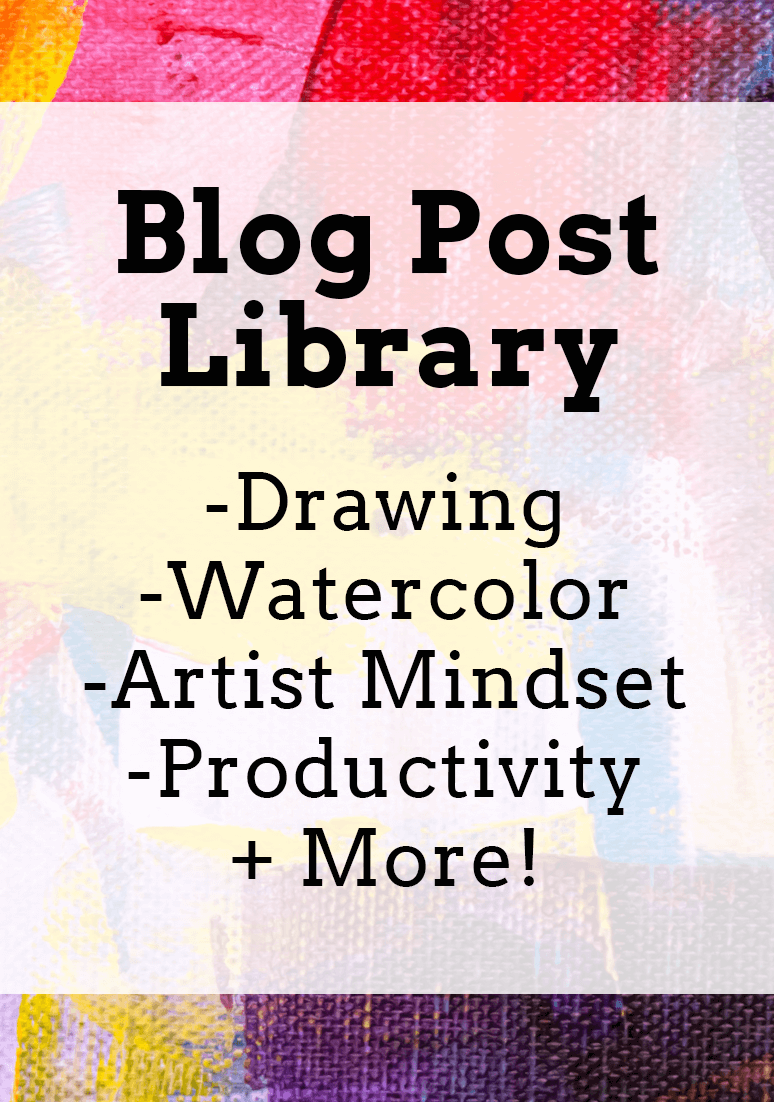
is a participant in the Amazon Services LLC Associates Program, an affiliate advertising program designed to provide a means for sites
to earn advertising fees by advertising and linking to amazon.com.
www.erikalancaster.com
is a participant in the Shareasale.com Affiliate Program, an affiliate advertising program designed to provide a means for sites to earn advertising fees by advertising and linking to Shareasale.com partner companies.

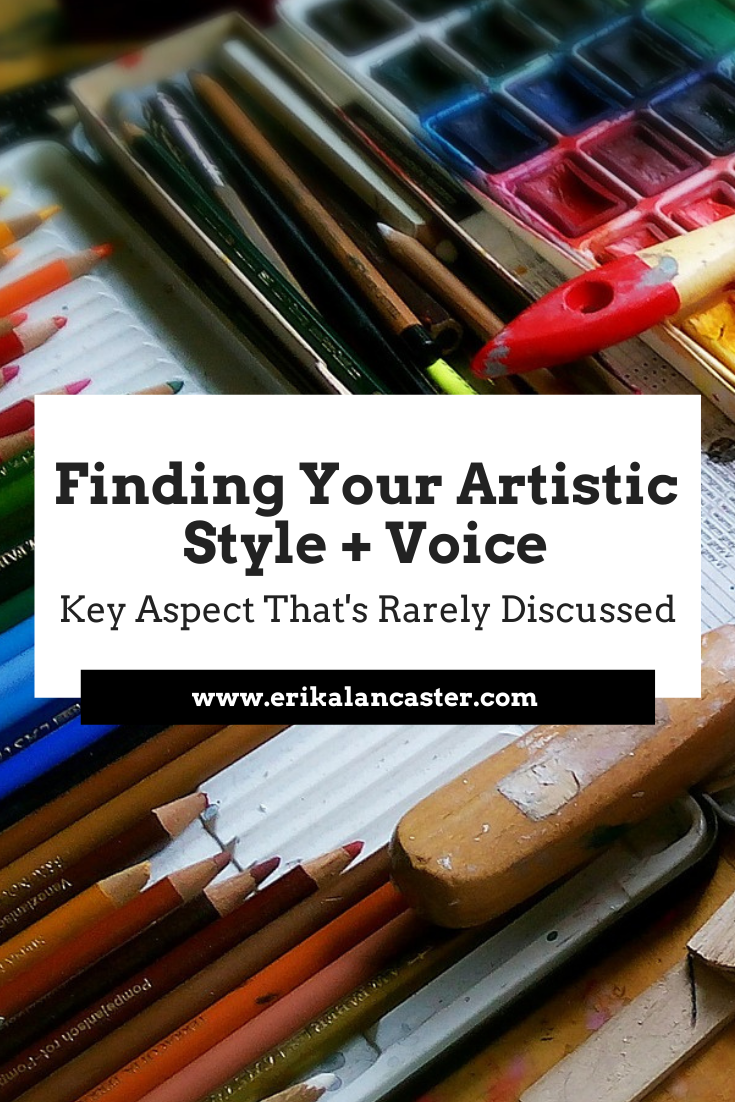
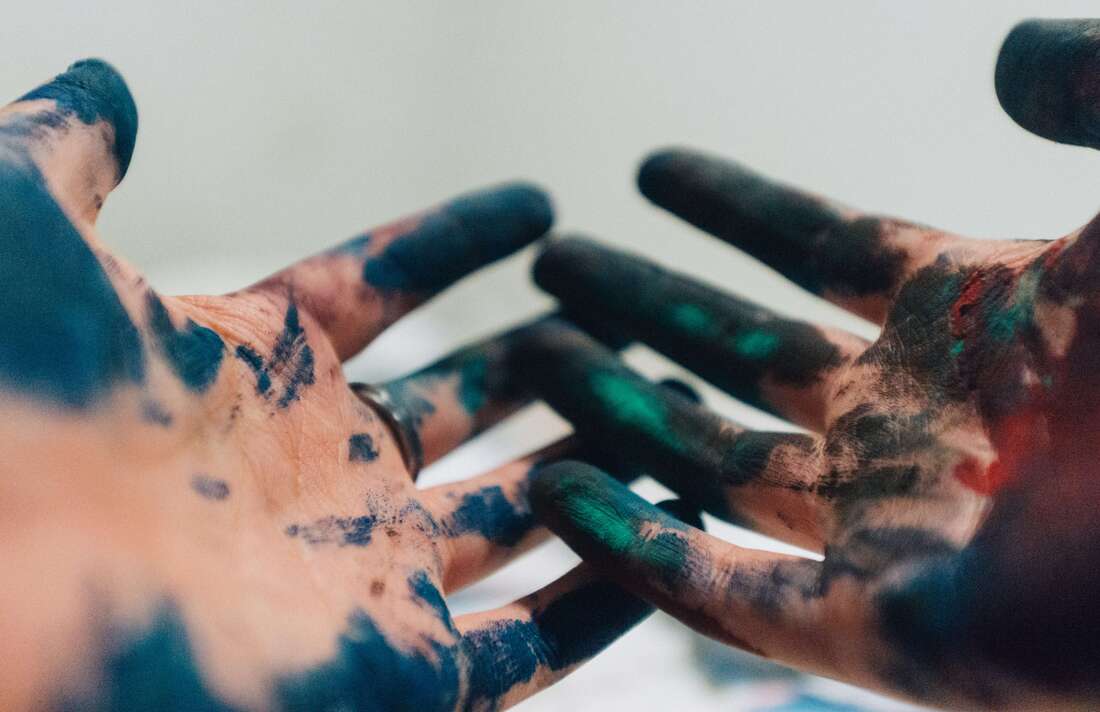
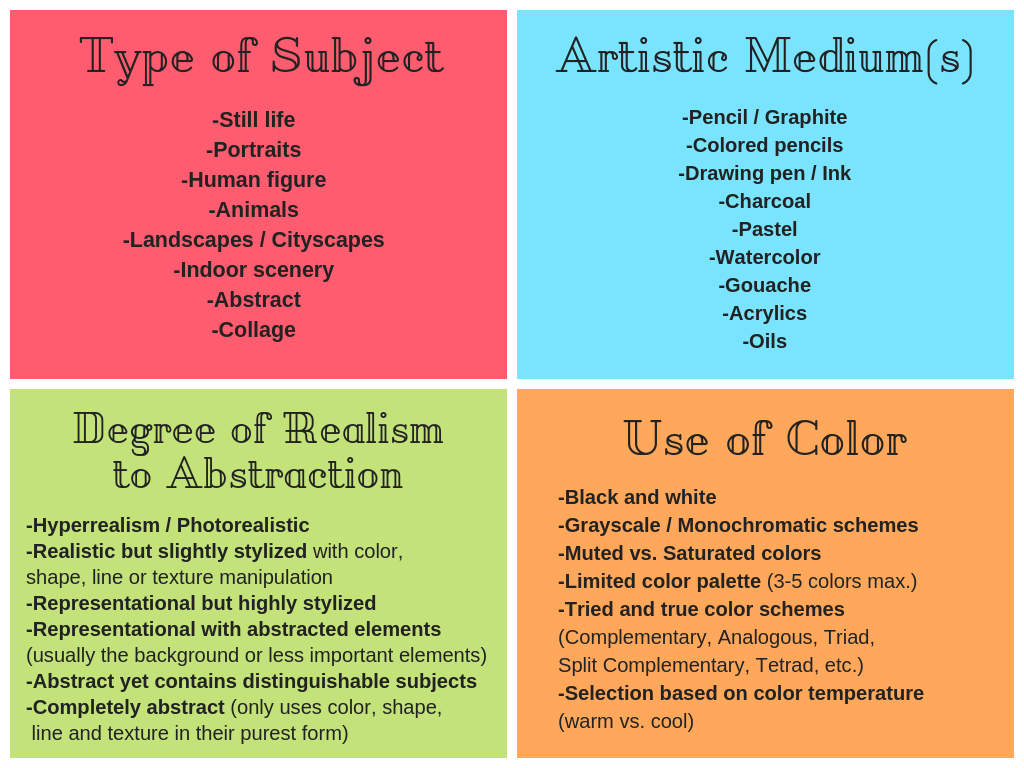
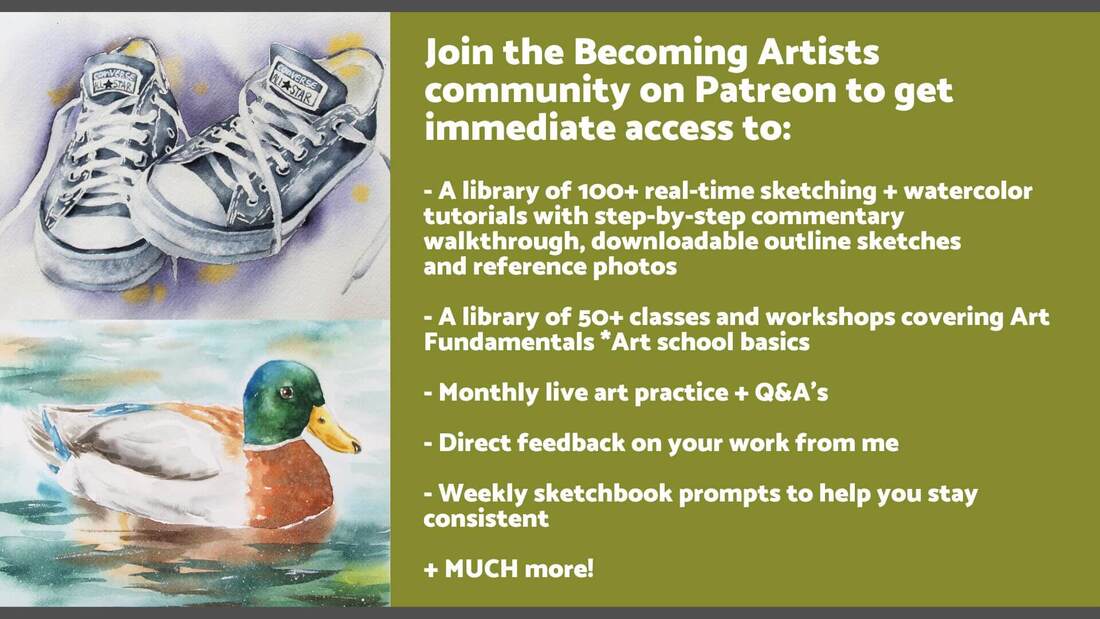
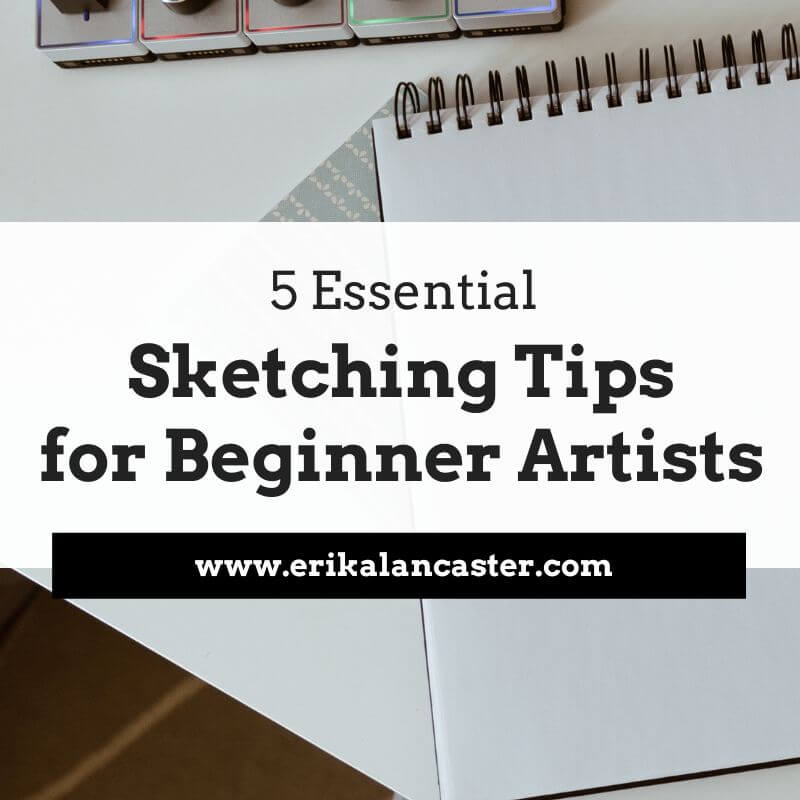
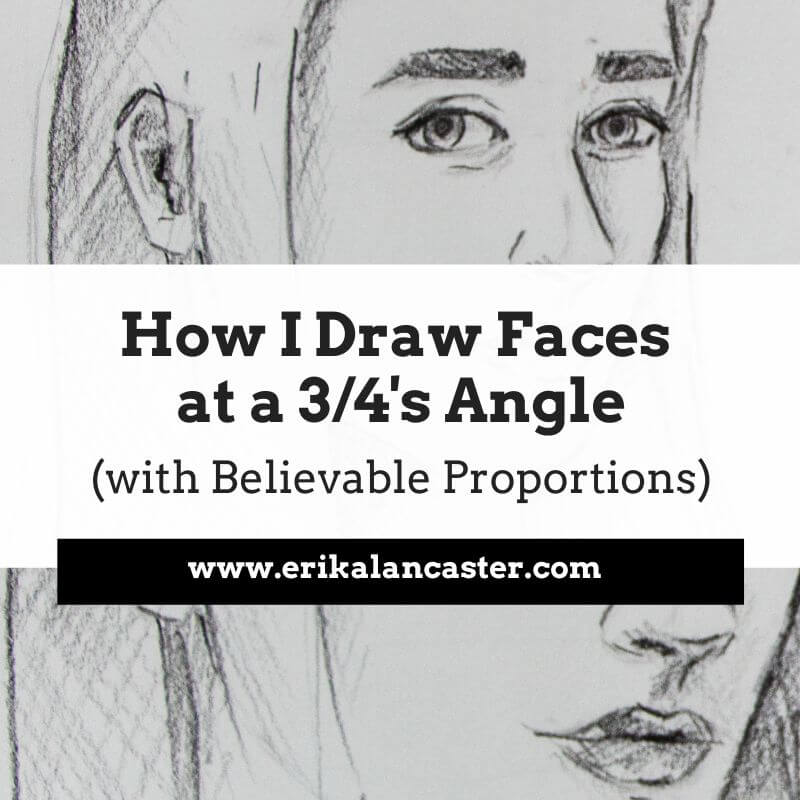
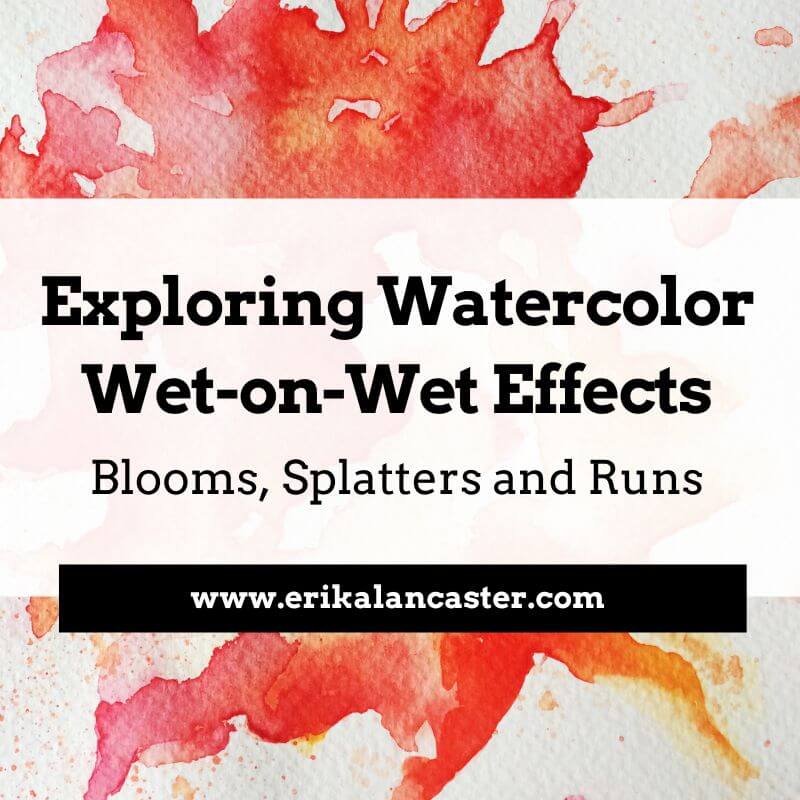
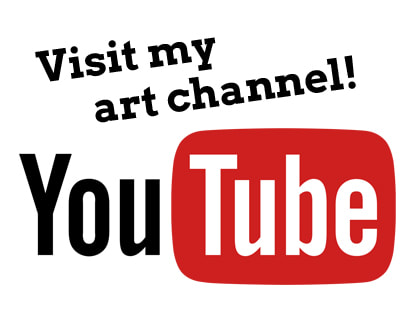

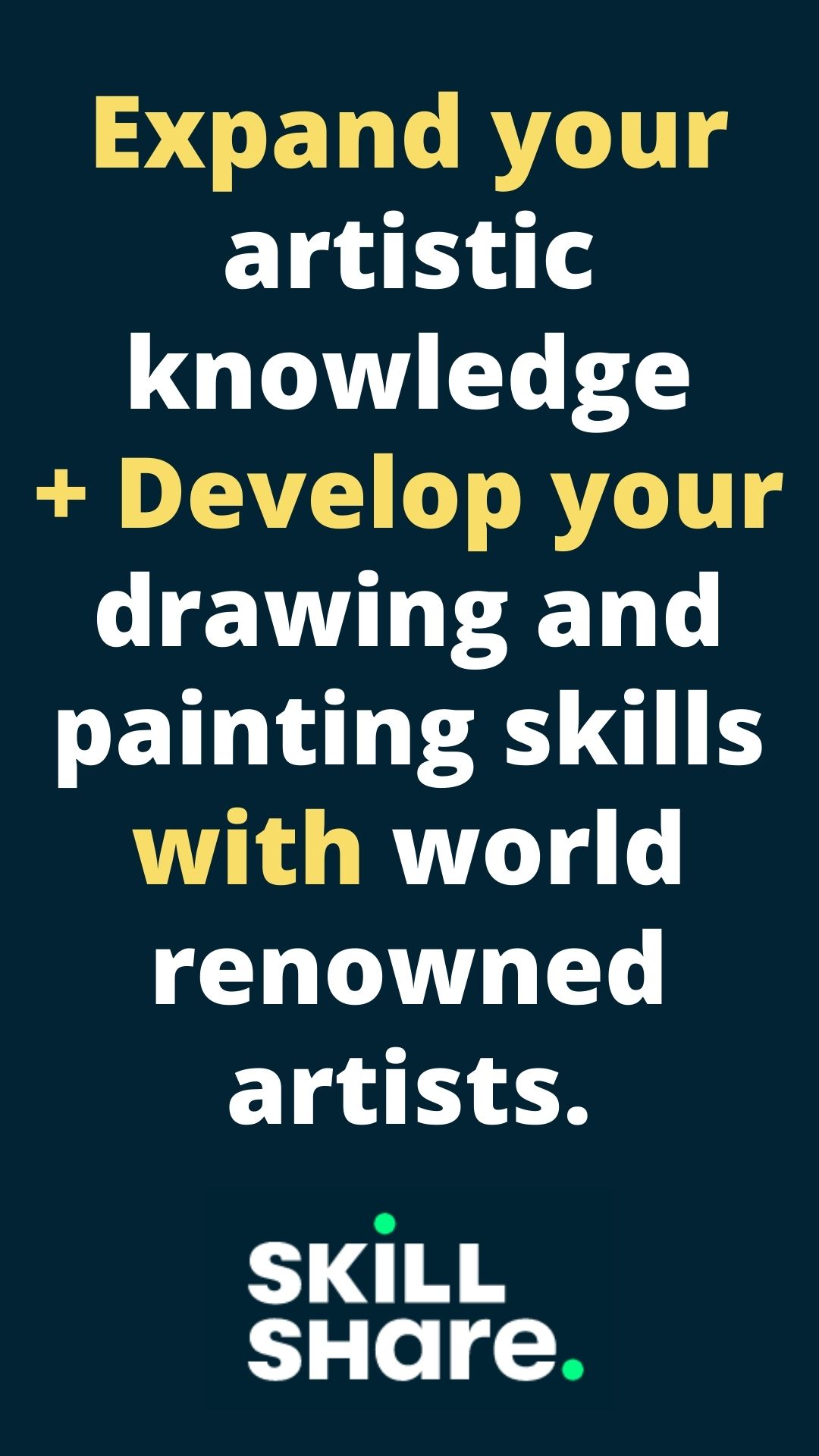

 RSS Feed
RSS Feed

